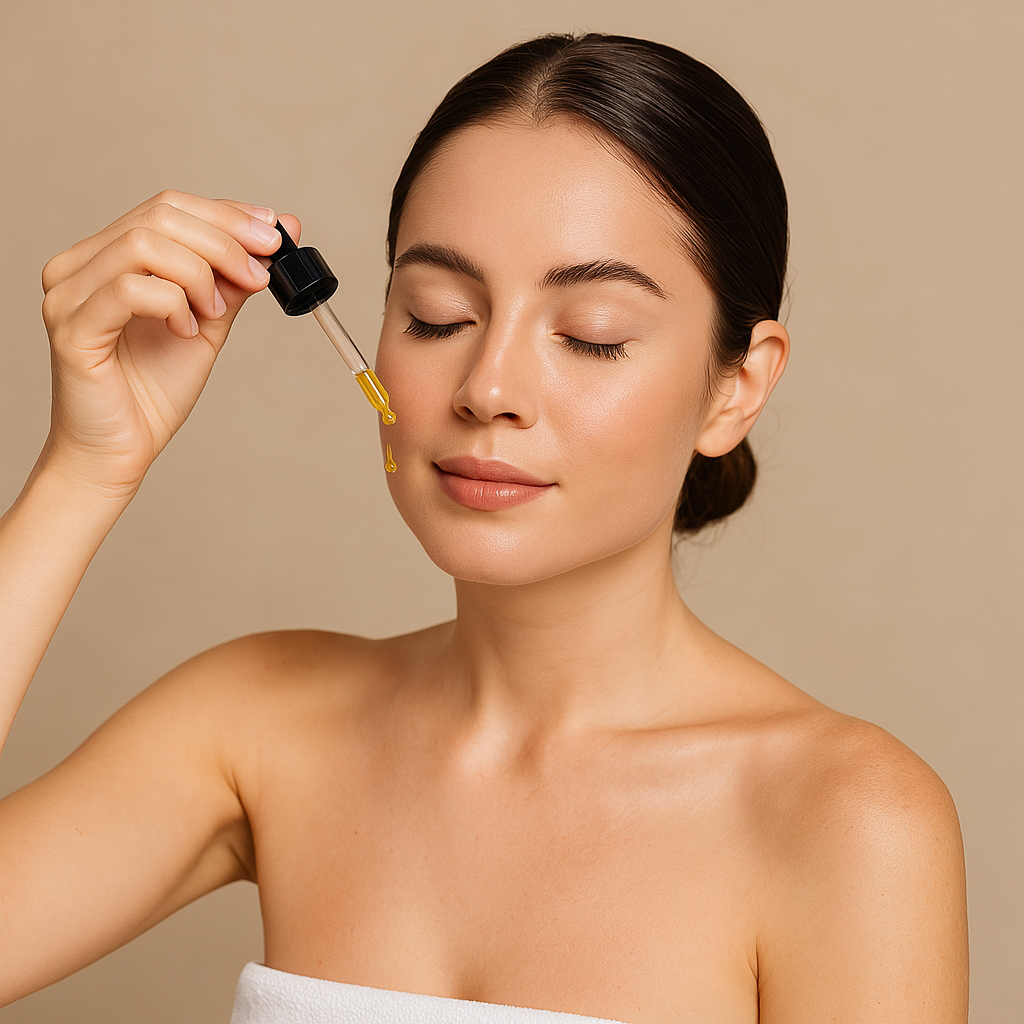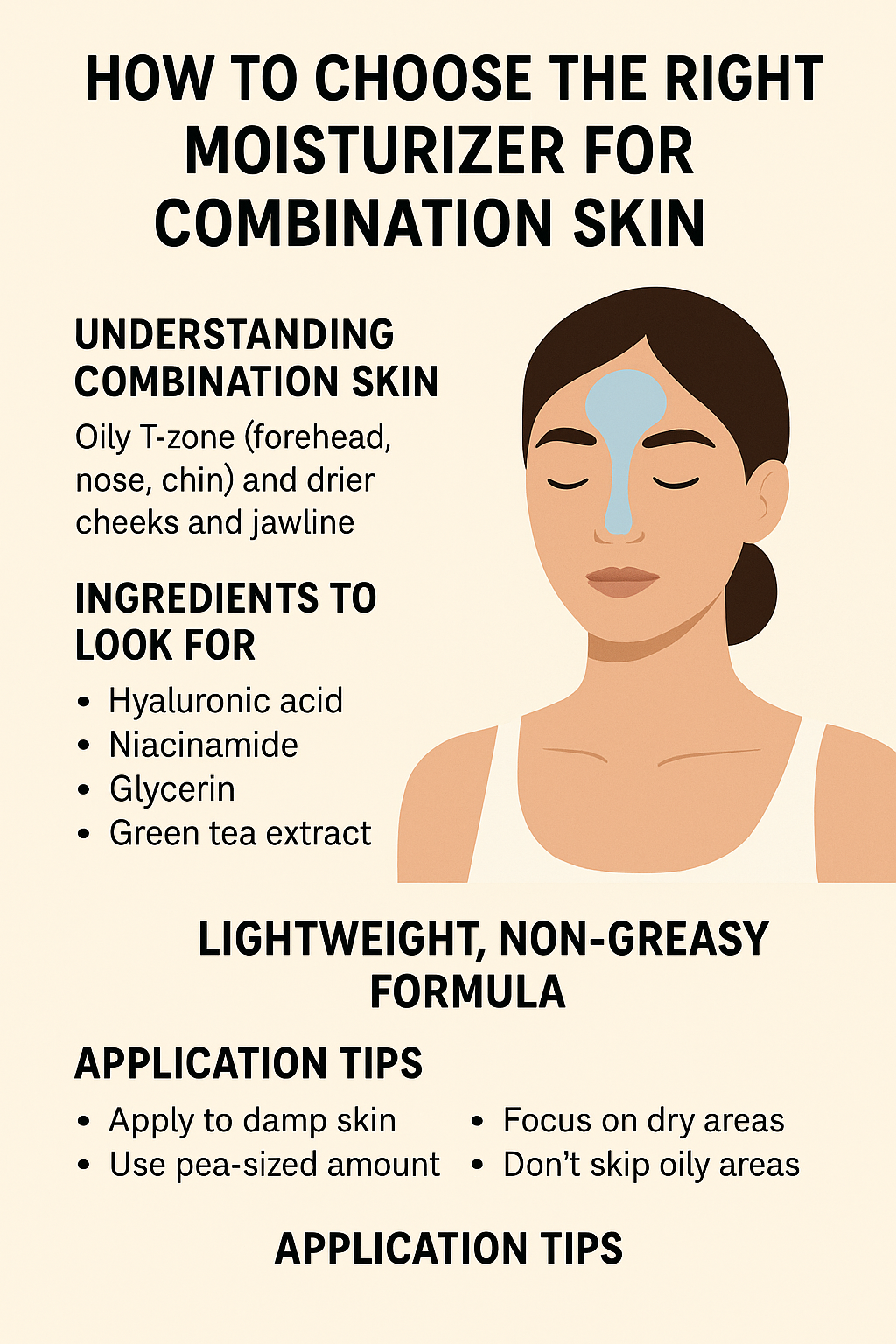How to Tell If Your Skin is Dehydrated
You might assume dry skin and dehydrated skin are the same—but they’re not. Even oily skin can become dehydrated, and recognizing the signs early is key to maintaining a healthy glow.
Dry vs. Dehydrated Skin
• Dry skin is a skin type—it lacks oil.
• Dehydrated skin is a condition—it lacks water.
You can have oily, acne-prone skin and still suffer from dehydration, especially if you’re using harsh products or skipping moisturizer.
Common Signs of Dehydrated Skin
1. Tightness and discomfort
Your face may feel tight even after applying moisturizer.
2. Dull complexion
Dehydration reduces your skin’s natural radiance.
3. Fine lines and creasing
Dehydrated skin can exaggerate wrinkles, especially around the eyes and forehead.
4. Increased sensitivity
If your skin stings or burns when applying products, dehydration could be the cause.
5. Flaky or rough texture
Unlike dry skin, dehydration creates temporary patches that come and go.
How to Fix It
• Use a hydrating serum with hyaluronic acid.
• Avoid harsh cleansers that strip the skin’s moisture barrier.
• Drink enough water—but also hydrate topically.
• Apply moisturizer on damp skin to lock in hydration.
• Use a humidifier indoors to add moisture to the air.
When to Seek Help
If you’re doing all the right things and your skin still feels off, consult a dermatologist. Sometimes skin dehydration is a sign of an underlying issue.
“Best Ingredients for Skin Hydration”
“How to Prevent Skin Dehydration During Travel”


